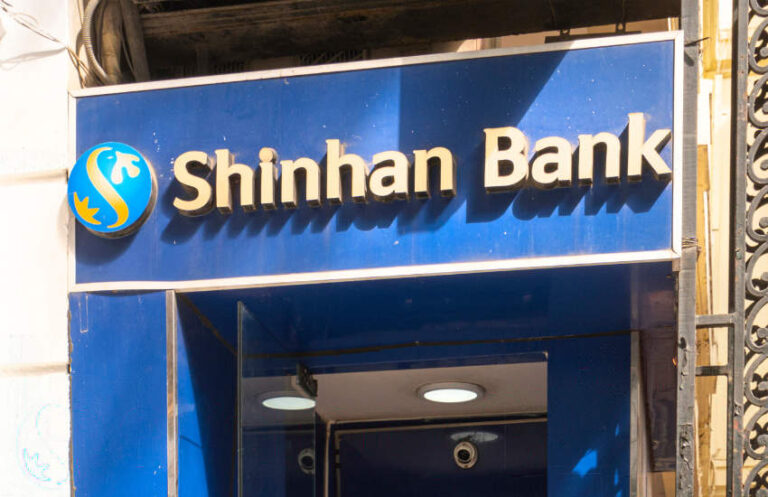
Source: www.ledgerinsights.com
Today, Korea’s Shinhan Bank and Siam Commercial Bank’s SCB Tech X said they have completed a proof-of-concept (PoC) to use stablecoins on Hedera’s public DLT. A major Taiwanese financial institution was also involved, enabling cross-border remittances and real-time FX exchange in Thai Baht, Korean Won, and New Taiwan Dollar.
For Shinhan, this is the second trial of the Hedera DLT, having previously conducted one together with the Standard Bank of South Africa. Both banks are on the Hedera governing council.
“Stablecoins offer a cheap, fast, and reliable way to transfer value across borders, which can help increase financial inclusion and improve access to financial services for individuals and businesses in underserved communities,” said Byunghee Kim. , blockchain leader at Shinhan. Bank. “With this next phase of PoC, we are pleased to have demonstrated how the use of Hedera’s EVM-enabled technology helps eliminate intermediaries, reduce costs and speed up the remittance process.”
The reference to EVM is a nod to Hedera’s smart contract capabilities, which are compatible with Ethereum.
To date, a significant proportion of stablecoin use has been for crypto transactions, with a substantial part of the balance for P2P payments. While the average cost of remittances is 6% according to the World Bank, the figure varies significantly around the world. Jurisdictions like India, which has large volumes, are much cheaper than others, where costs can be as high as 15% and even 35%.
On low-cost networks like Hedera, a transaction can cost a fraction of a cent.
Hedera has created a stablecoin accelerator with plans to open up the core software components needed to launch a stablecoin.
How interbank stablecoins work
Correspondent banking generally means that banks have to maintain accounts all over the world to send payments. With a stablecoin solution, they can use an intermediary currency like a dollar stablecoin. Therefore, each bank only needs to provide liquidity between its local currency and the dollar.
For example, if someone in Korea wants to send money to Thailand, they could use a stablecoin from Shinhan Bank. Shinhan could maintain a (private) liquidity pool with the USDC stablecoin that allows converting the Korean won to dollars. In turn, if SCB maintains a (private) liquidity pool between USDC and Thai baht, the received USDC stablecoin can be converted to baht. Since each part of the transaction costs a fraction of a cent, payment transaction costs are small, so the actual charge is reduced to the FX margin.
Another problem with stablecoins is the scalability of public blockchains and DLT. Hedera with EVM smart contracts can perform 300 transactions per second. Many transactions may not need smart contracts. These can use Hedera’s native token service, which can scale up to 10,000 transactions per second. It is also working on a hybrid version that uses smart contracts for the issuer managing the stablecoin instead of each transaction.
Read More at www.ledgerinsights.com